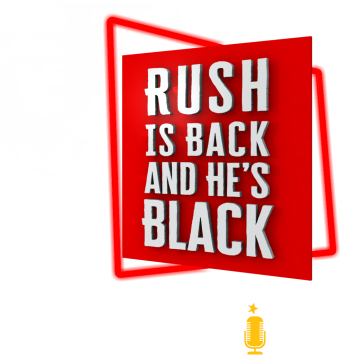
In our digital age, no one should complain about being bored. However, analog childhoods were full of idle moments that became creative fuel.
Remember staring out the car window or from back of an old bus seat, and letting our minds wander. Today, Psychologists note that boredom is a “variety-driving emotion” that primes us to seek out fresh ideas and experiences. When screens constantly tap us with notifications, we may forget that space and silence are a blank canvas for creativity.
Back then, if you felt restless in an Uber or in line at the post office, you simply stared at the ceiling (or read a shampoo bottle) and let your mind drift. As one writer wryly observes, putting our phone in airplane mode forces us to confront our own thoughts. In other words, those analog-era idle moments – a summer’s day lie-down or an afternoon without Wi-Fi – gave our brains room to breathe and invent.
Maps and Getting Lost
Imagine a time before Google Maps. Oh the horror.
I heard one excited Gen Z girl asked: “Did you guys actually pull a map and like draw lines to your destination?”
The answer is yes – and it was kind of magical.
Road trips often meant a giant fold-out atlas or a greasy gas-station map spread across the dashboard. We’d pencil in our route, then laugh (or panic) as wrong turns morphed the directions into a “maze of floating pages”. Navigating the world required equal parts intuition and improvisation, whether you had hand-written turn-by-turn notes or a friendly attendant offering advice. In those days, getting lost was its own adventure.
Pulling off the highway to unravel a paper map in the parking lot, forced us into real, unmediated discovery. Upworthy notes that this analog dance between (sometimes broken) certainty and wildness became a “gentle reminder to cherish the quirky, analog moments we once took for granted”. We didn’t realize that struggling with a stubborn atlas taught us resilience and serendipity – a lesson today’s fast-navigation tools tend to conceal. That said, I wouldn’t trade the convenience of GPS for reading maps, though I do understand the tradeoff.
Dial-Up Diaries: Screeching Into the Net
The internet once arrived not at a click but to the tune of a 56k modem’s warble. We remember that “ear‑shredding screech of a dial‑up modem” and the anxiety that someone might pick up the phone mid-connection.
As one tech blogger recalls, “waiting more than one hour to download a single file at 300 baud” was normal. I remember when my own modem finally hit 9600 baud, I felt it was warp speed – as if the future had arrived. I thought I had gone to Heaven when speeds reached 19.2K.
In the dial-up world, every connection was a commitment. No casually checking the news while chatting online, because the phone was in use. Yet there was also something satisfying about the ritual: typing the number, listening to the handshake sounds (“beep-boop-beep”), and clenching your teeth while auto‑answering the ISP tone.
The world wide web felt vast but personal – Bulletin Board Systems let neighbors swap messages and files late into the night. In hindsight, that grinding symphony was more than nostalgia; it was a lesson in patience and anticipation. We knew our data was coming, even if we had to wait.



